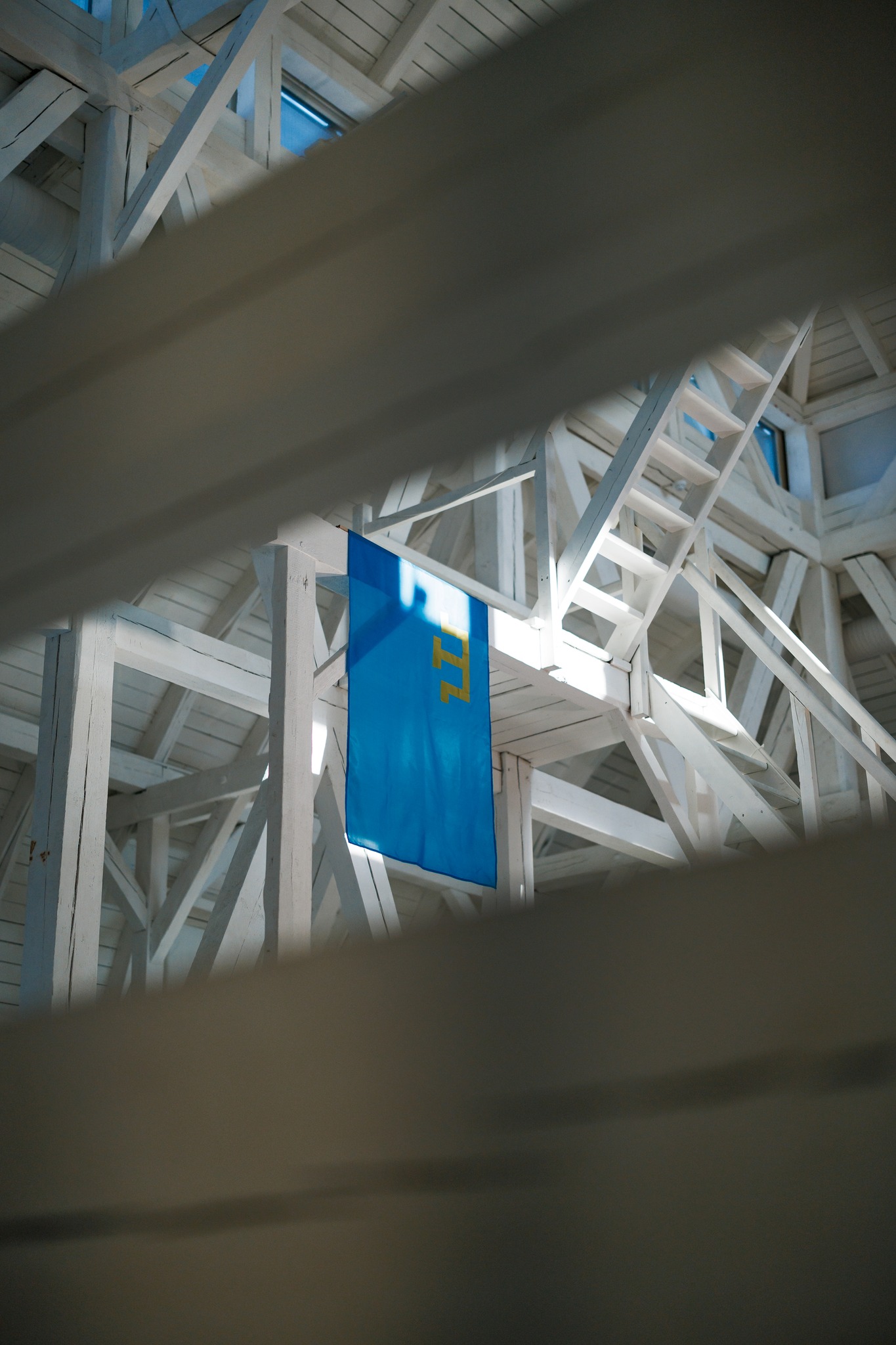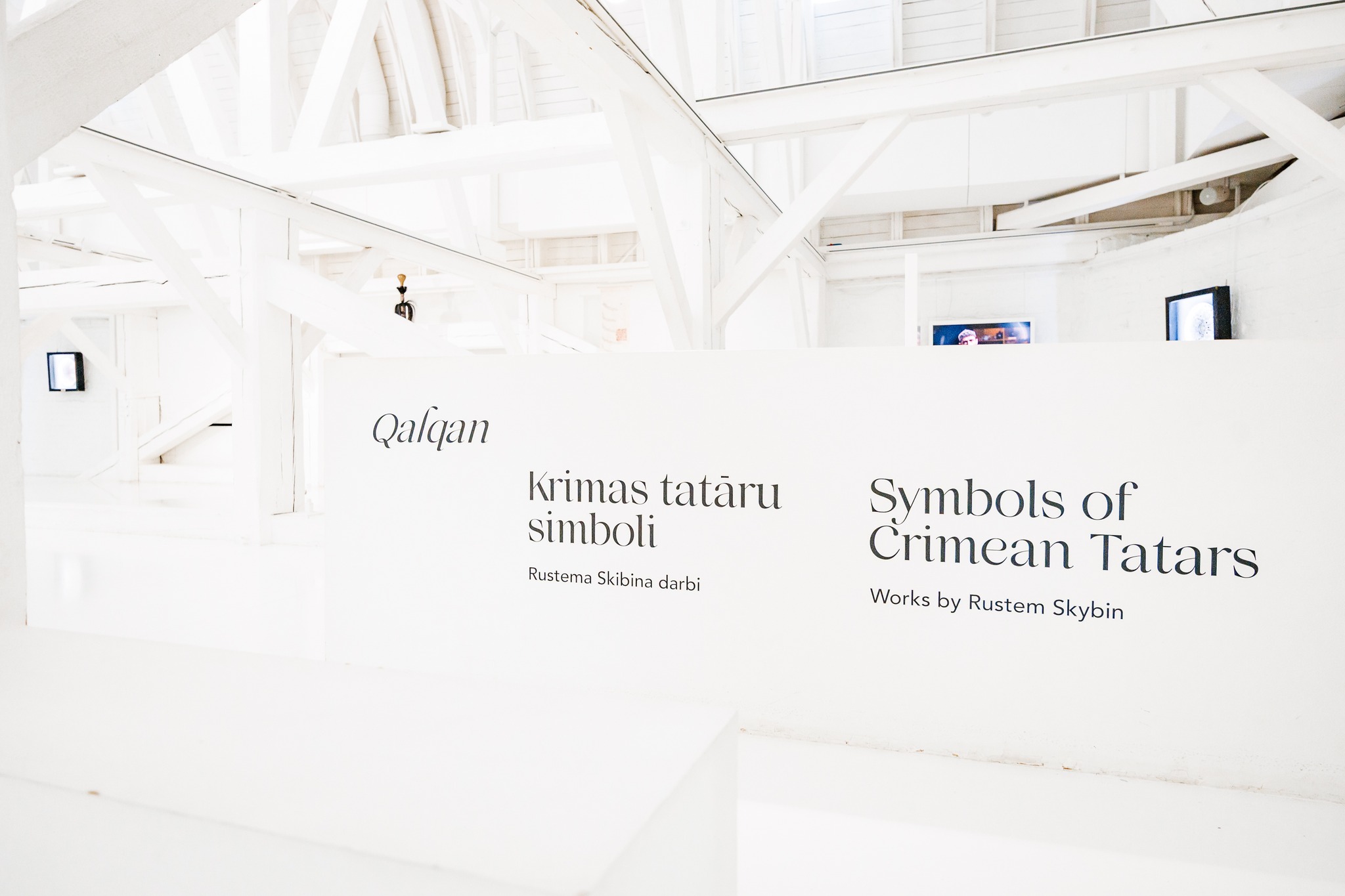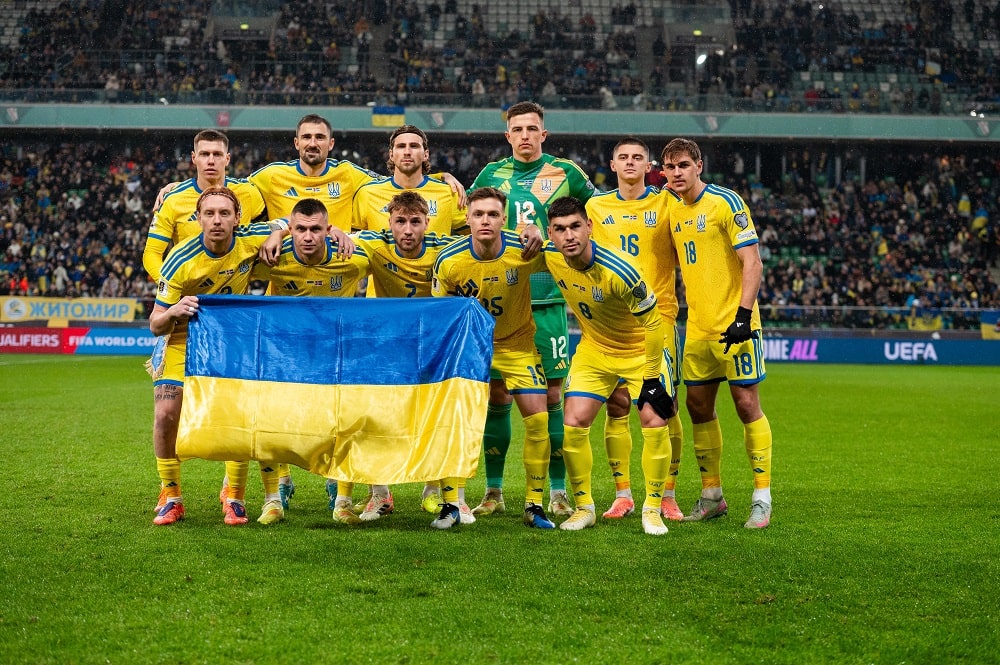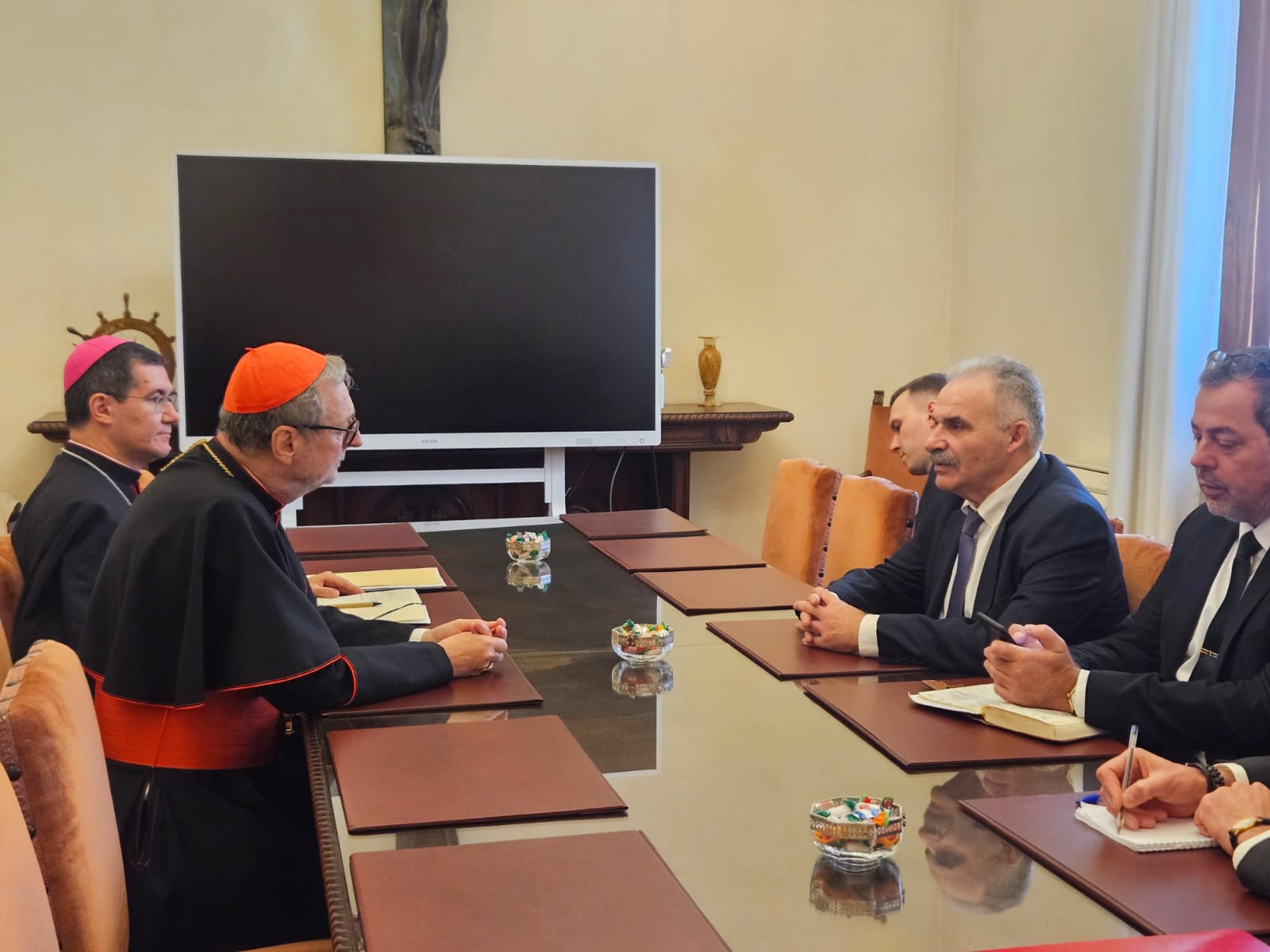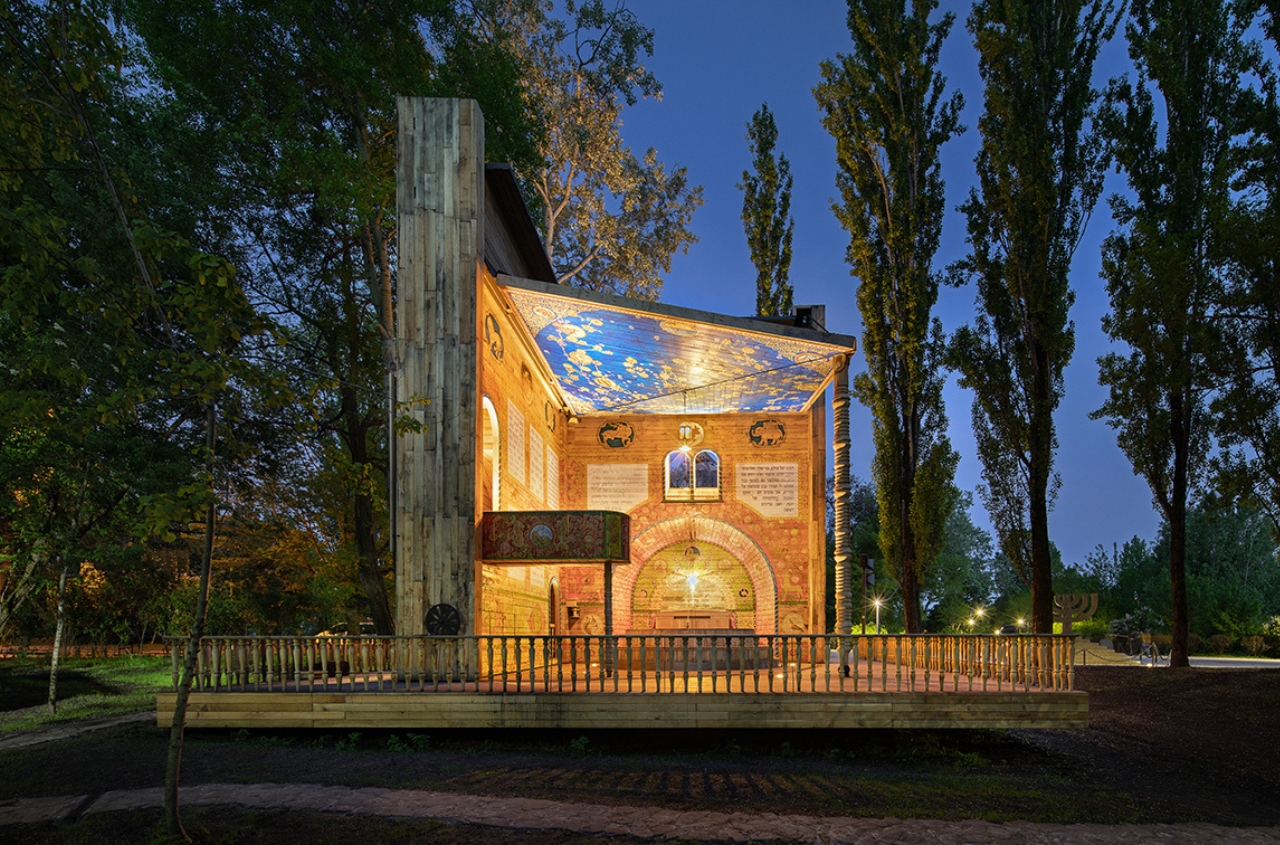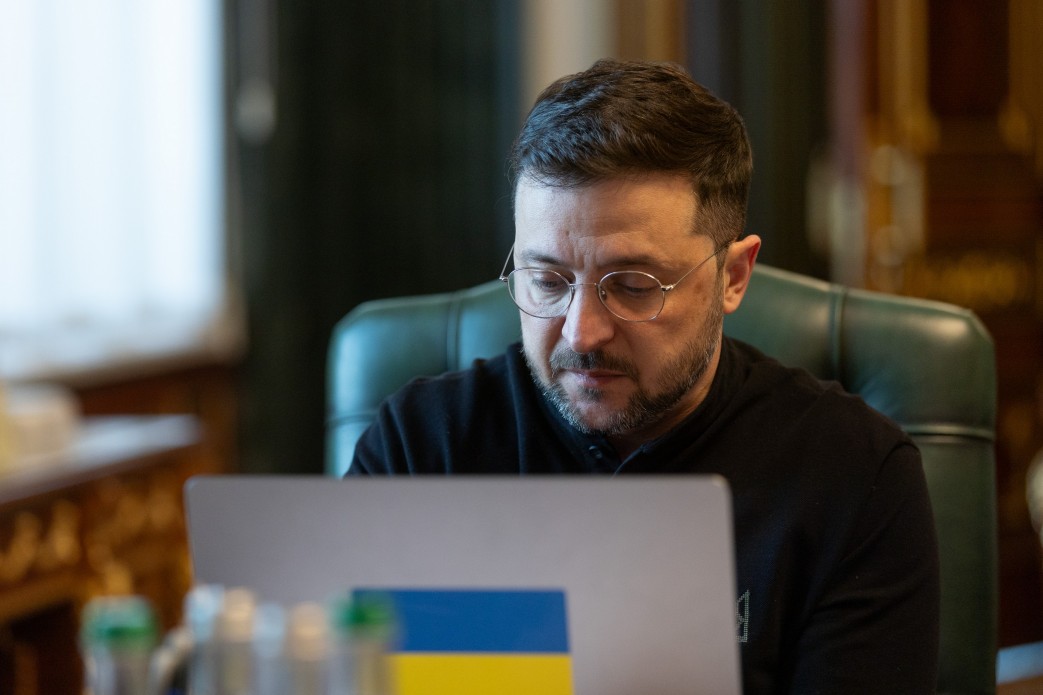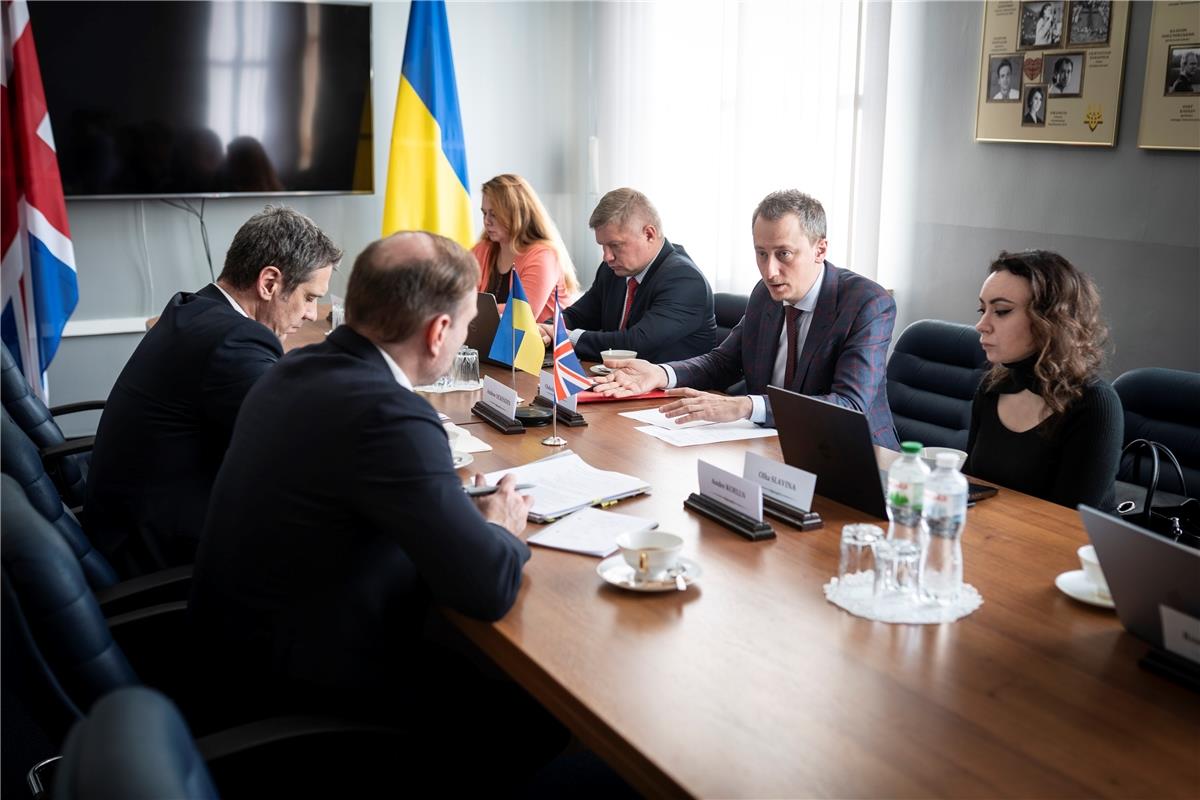The Latvian National Museum of Art hosted the official opening of the exhibition QALQAN. Symbols of Crimean Tatars, dedicated to the culture of the Crimean Tatar people. According to Ukrinform, the Ukrainian Embassy in Latvia shared the news on Facebook.
At the opening, Ambassador Anatolii Kutsevol emphasized:
"Crimea is Ukraine, and its culture is an inseparable part of Ukrainian identity."
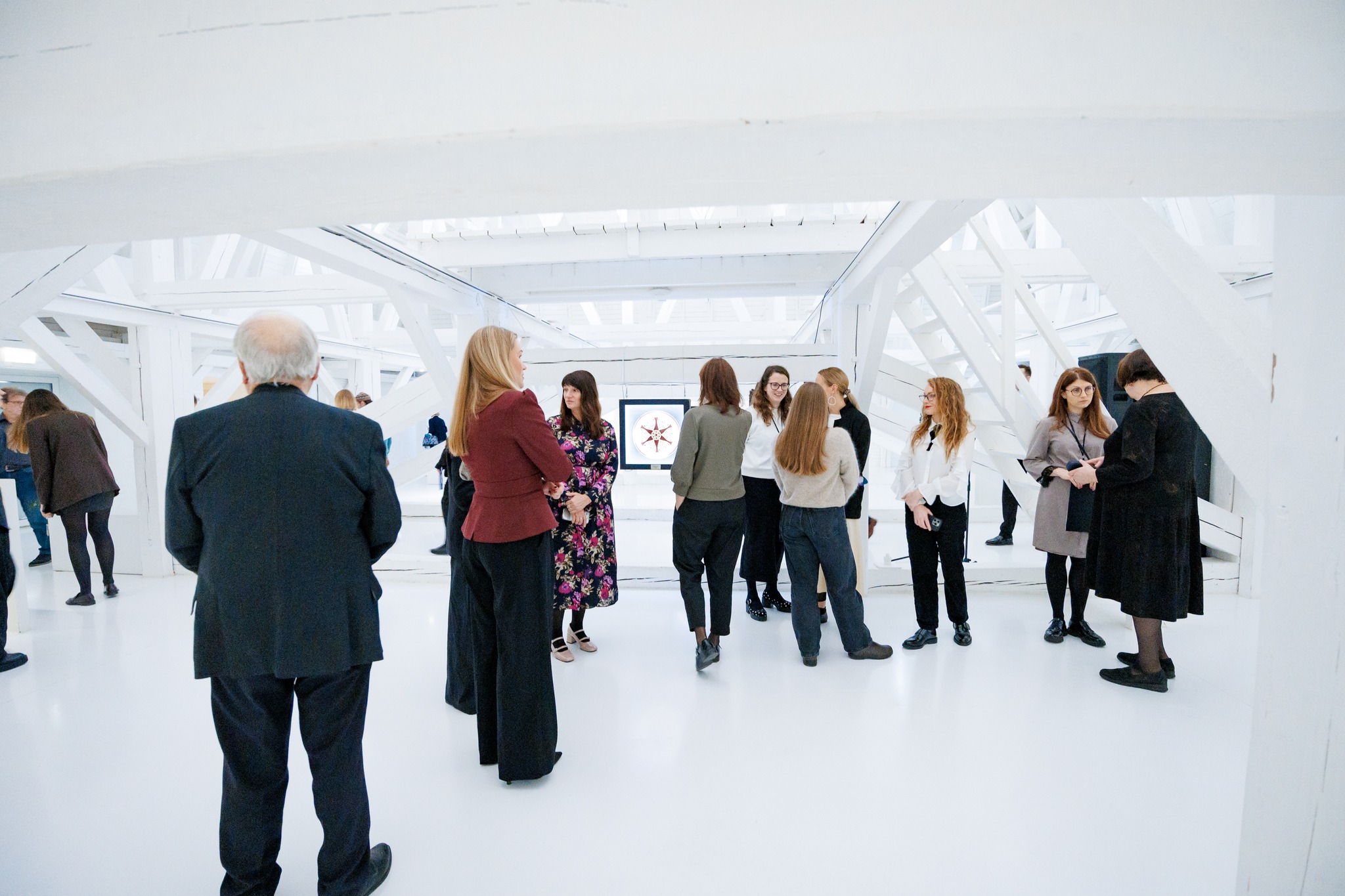
He highlighted that despite the temporary occupation of Crimea, Ukraine continues to preserve and promote the culture of the Crimean Tatar people worldwide, whose history and traditions are an integral part of Ukrainian cultural heritage.
The exhibition features decorative shields – qalqan – created by artist Rustem Skibin. His interpretation transforms the traditional Crimean Tatar combat shield into an exquisite ceramic art object that combines symbolism, ornaments, and a contemporary artistic language.

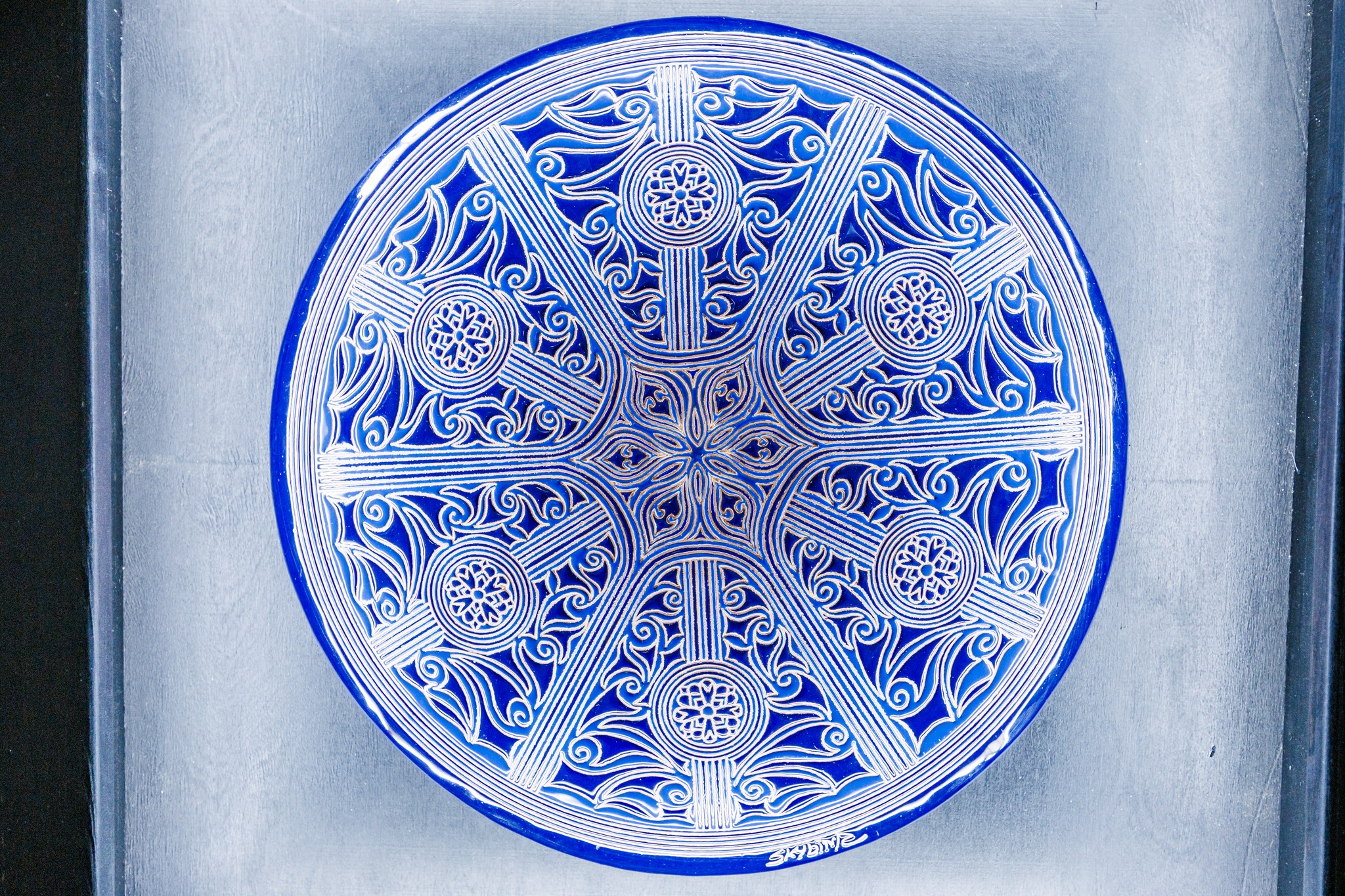
Distinguished guests attended the event, including Latvian Minister of Culture Agnese Lāce, State Secretary of the Ministry of Defense Aivars Puriņš, Director of the Latvian National Museum of Art Māra Lāce, as well as art historians and representatives of Latvian state institutions.
The exhibition was organized with the support of the Ukrainian Embassy in Latvia, the NGO EL CHEBER, and the National Museum of Folk Architecture and Life of Ukraine. The embassy noted that such initiatives "not only reflect cultural diplomacy but also demonstrate the unity of the Ukrainian nation and the solidarity of our friends in Latvia."
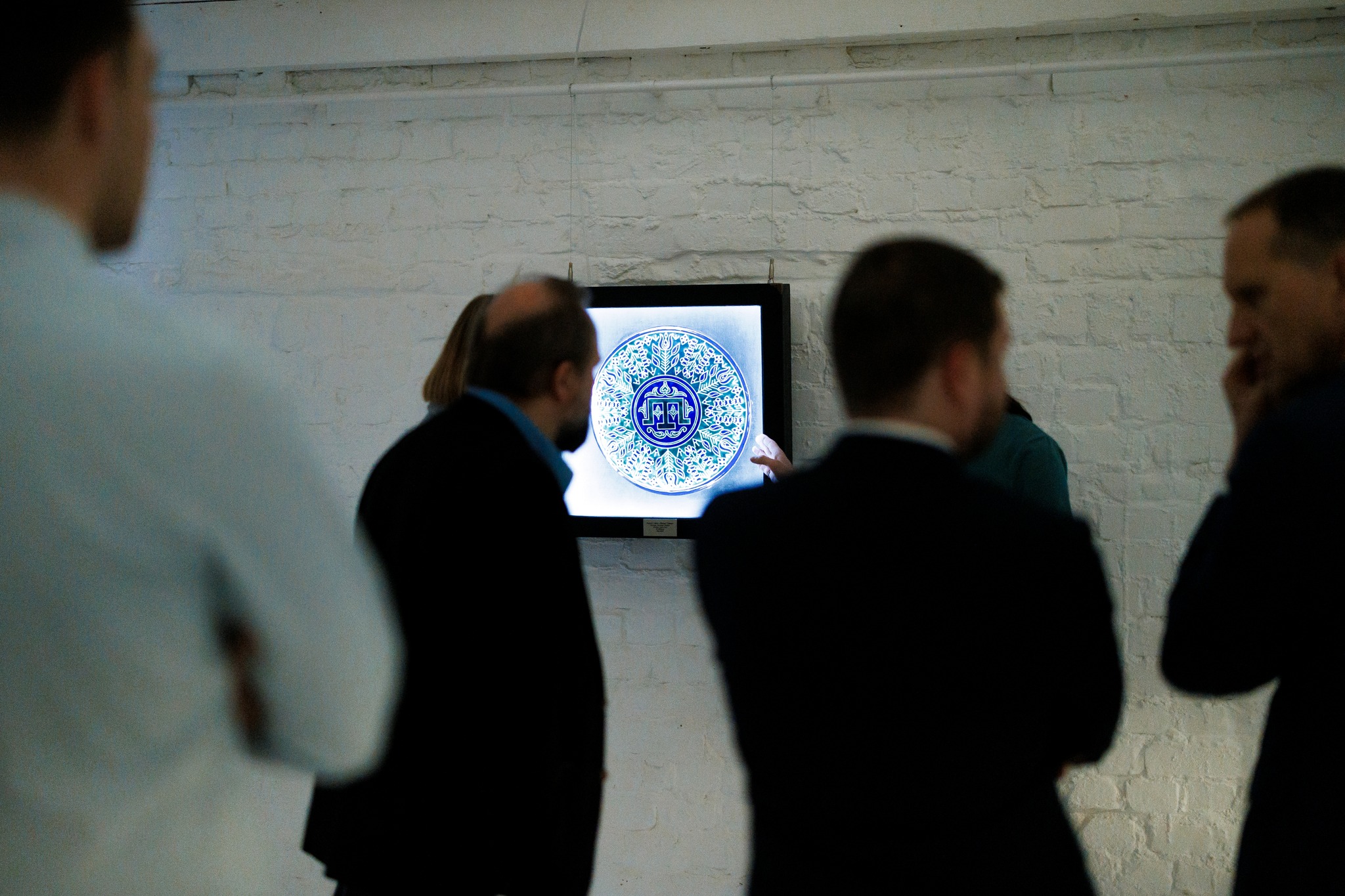
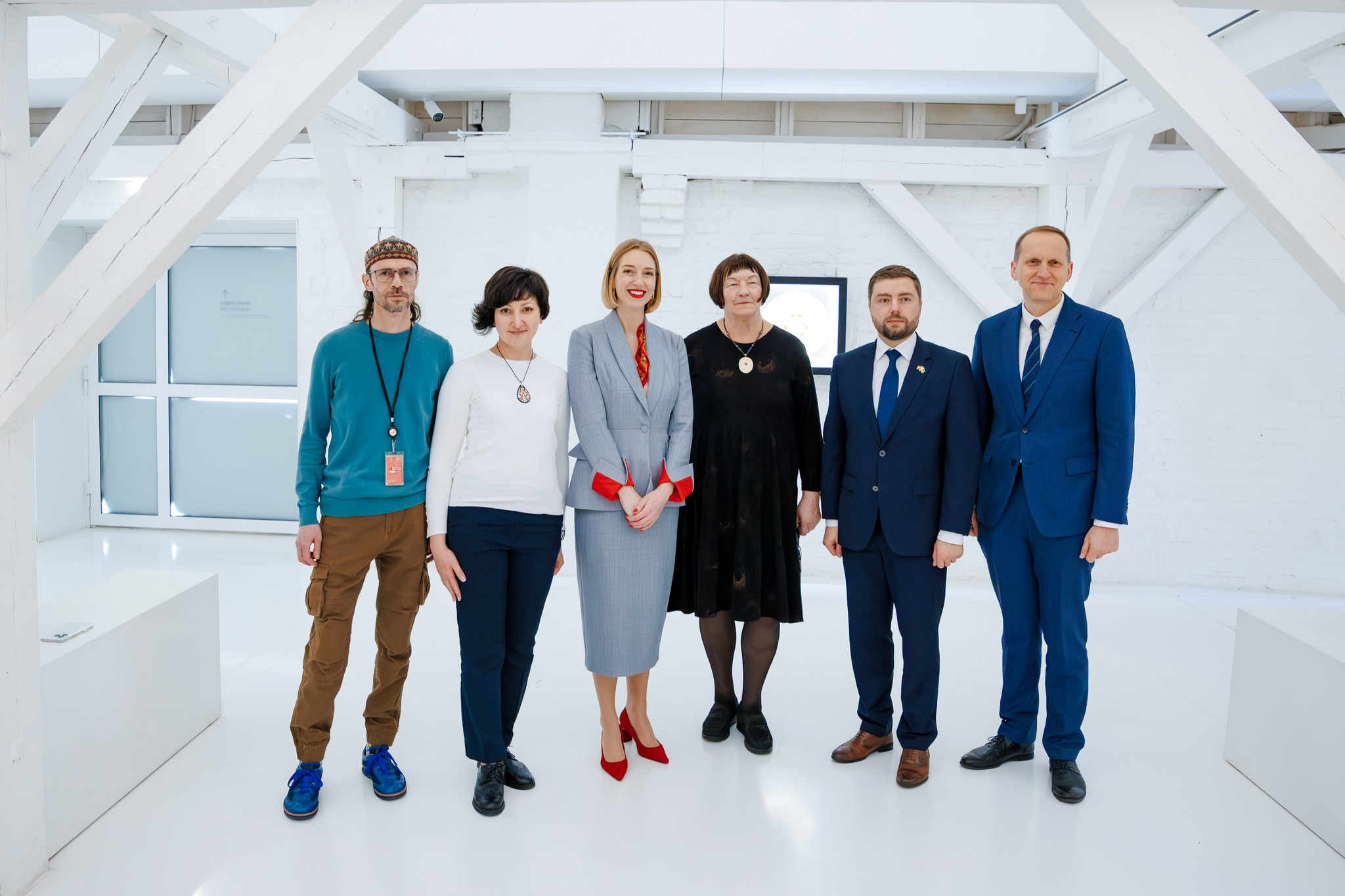
The exhibition, which introduces visitors to the depth of the spiritual and artistic heritage of the Crimean Tatar people, will run in the Dome Hall of the Latvian National Museum of Art until October 26.
Photos by Kaspars Teilāns
